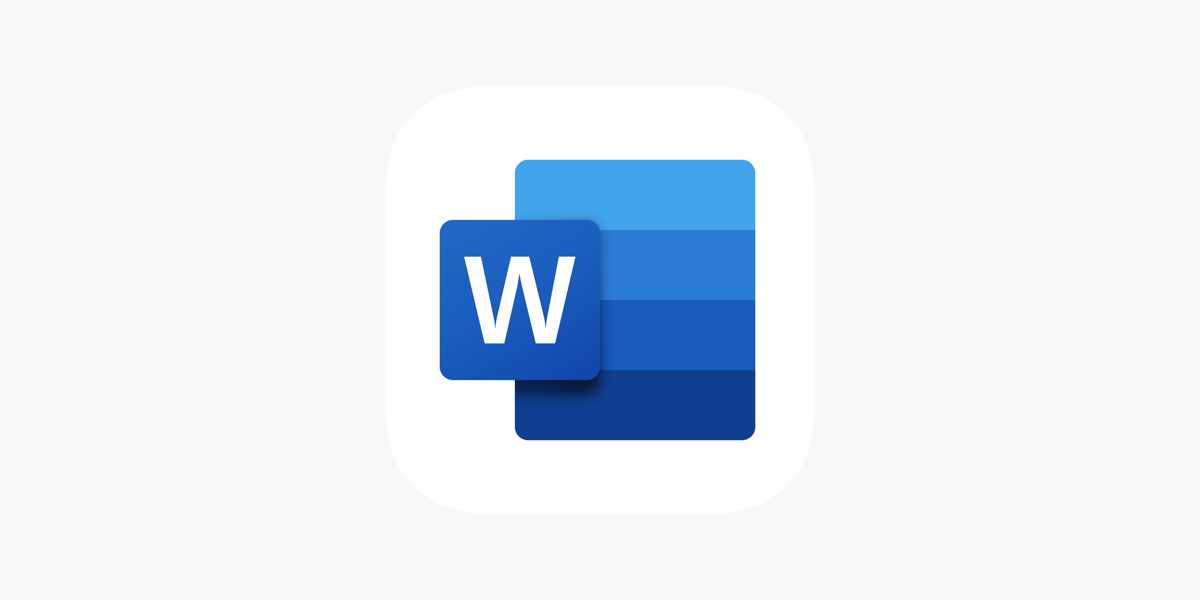Office Blog
Using Word for Technical Documentation
In the world of technical writing, precision and clarity are paramount. Whether you’re documenting software code, explaining complex systems, or creating user manuals, a well-structured document is key to effective communication. While specialized tools like MadCap Flare or Adobe RoboHelp are often used for technical documentation, Microsoft Word remains a reliable and accessible option. With its widespread availability and user-friendly interface, Word can be a powerful tool for creating and managing technical documents.
Why Choose Word for Technical Documentation?
- Familiarity and Accessibility: Most professionals are already familiar with Word, making it an easy tool to adopt for technical documentation. You don’t need to spend time learning a new software, and since Word is widely available, you’re likely to have access to it on any device.
- Formatting Flexibility: Word offers a wide range of formatting options, allowing you to structure your document efficiently. From headings and subheadings to bullet points and numbered lists, Word gives you the tools to organize content logically and consistently. You can also apply styles to maintain uniformity throughout the document.
- Collaboration Features: Microsoft Word integrates seamlessly with tools like OneDrive or SharePoint, enabling real-time collaboration. Multiple team members can work on a document simultaneously, track changes, and leave comments, making it easier to refine and improve the document in a team environment.
- Table of Contents & Indexing: One of the major strengths of Word is its ability to automatically generate a table of contents and index based on the document’s structure. This is crucial for technical documents, where ease of navigation is essential, especially in lengthy and complex materials.
- Version Control: While not as robust as some specialized tools, Word provides basic version control options. Using features like “Track Changes” and “Compare Documents,” you can easily manage document revisions and ensure that all updates are accounted for.
Tips for Using Word Effectively in Technical Documentation
- Leverage Styles for Consistency: Word allows you to define custom styles for headings, paragraphs, and other document elements. By creating a consistent styling framework at the beginning of your document, you ensure that your technical documentation remains uniform and professional.
- Use Templates for Reusability: Save time by creating templates for your technical documentation. These templates can include predefined styles, headers, footers, and cover pages that are tailored to your documentation needs. Templates also help maintain consistency across multiple documents.
- Utilize Table and Image Features: Tables are essential in technical documentation, whether you’re outlining specifications, comparing options, or displaying data. Word offers advanced table formatting tools, including the ability to merge and split cells, adjust cell sizes, and apply borders. For visuals, you can easily insert diagrams, screenshots, or illustrations, which are often crucial in technical writing.
- Organize Content with Sections: In larger technical documents, such as manuals or guides, dividing content into sections can greatly improve readability. Word allows you to break your document into different sections, each with its own header, footer, and page numbering style.
- Incorporate Cross-References and Hyperlinks: Hyperlinks in Word are not just for websites; you can create links to different parts of your document or external resources. Cross-referencing can be used to refer to other sections or figures, providing a more dynamic reading experience.
Challenges and Considerations
While Word is a versatile tool, there are some limitations when it comes to complex technical documentation. For example, Word’s version control is not as sophisticated as some specialized tools, and it might not be the best choice for projects that require frequent updates or collaboration from large teams. Additionally, if your documentation needs to be published in multiple formats (e.g., web, print, or PDF), it might require additional steps to ensure the formatting translates well across platforms.
Get the best value with our affordable Office keys, offering essential software at a fraction of the price without sacrificing quality.

